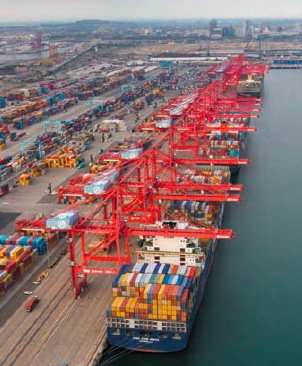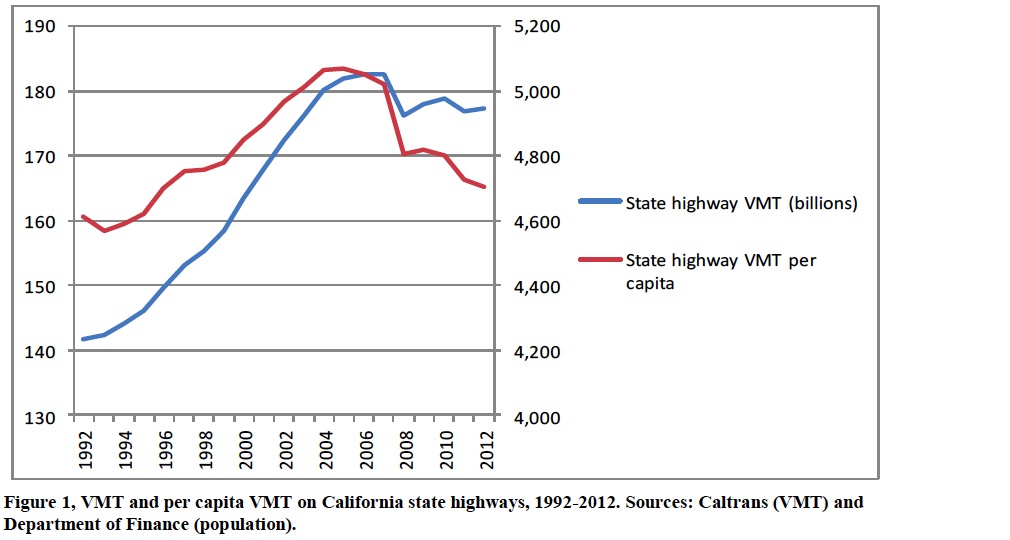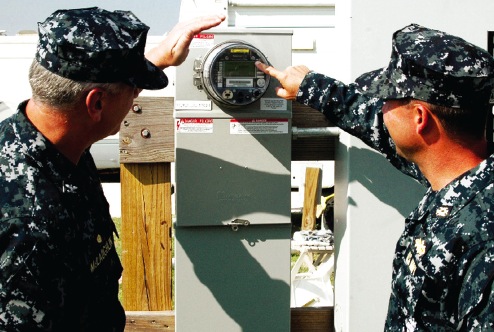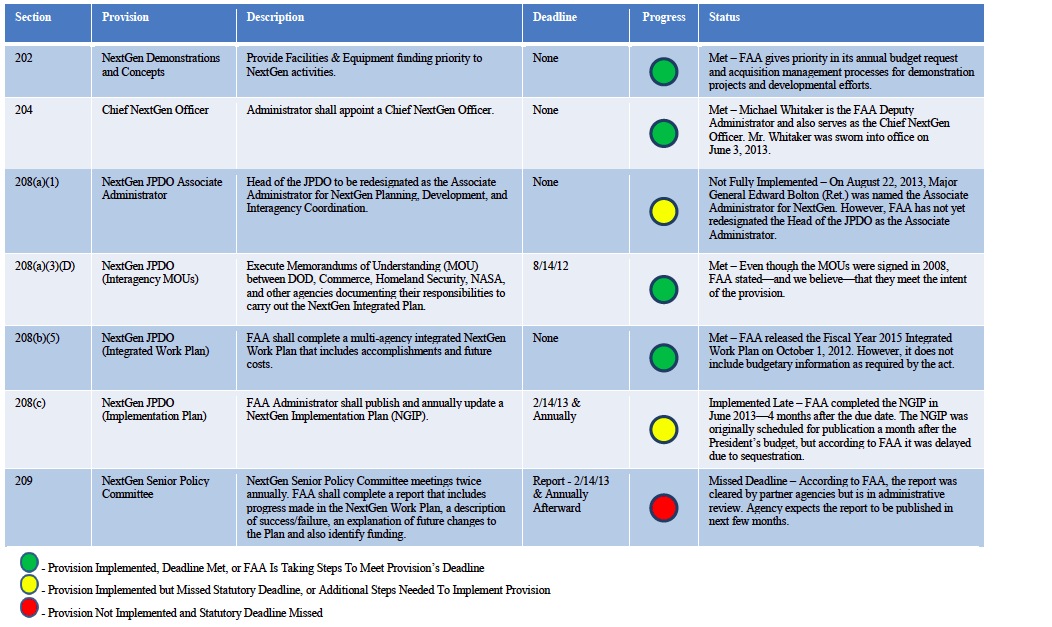Innovation Newsbriefs
Vol. 25, No. 3A
It may come as a surprise to you, but there is a quiet revolution in transportation funding underway these days. Faced with a depleted Highway Trust Fund and uncertain prospects for more money from a deficit-conscious Congress, many states are taking matters into their own hands and aggressively pursuing more fiscal independence.
Archive for the ‘Policy’ Category
Rethinking the Way Transportation Infrastructure Is Funded
Friday, February 14th, 2014Federal Highway Administration: Seek, Simplify, and Solve through Research
Thursday, February 13th, 2014
FHWA’s Office of Planning, Environment and Realty’s video — Seek, Simplify, and Solve through Research — is the first in a series of videos that feature FHWA research activities. The Office’s research focuses on improving transportation decision making and promoting efficiency, while protecting communities and the environment.
View this complete post...Critical Issues in Transportation
Tuesday, February 11th, 2014
TRANSPORTATION RESEARCH BOARD
The United States depends on transportation to compete globally and to help revive a sluggish domestic economy. Individuals depend on transportation not only to get to work but to shop, socialize, and access health care, among other goals (1). For all of its benefits to the nation and individuals, however, transportation imposes large costs—lost time in traffic congestion, deaths and injuries from crashes, demand for imported petroleum, and the release of greenhouse gas emissions and other forms of pollution.
University Transportation Research Center, Region 2: Annual Report
Wednesday, February 5th, 2014
UNIVERSITY TRANSPORTATION RESEARCH CENTER
PLANNING TODAY in Region 2, requires knowledge of multi-modal and intermodal systems serving both freight and passenger movements. Planning in the region involves not only MPOs, but all of the many agencies taxed with the need to move people and goods 24/7. Planning is constrained by institutional mandate and history, the need to catch up with a backlog of capital needs, and a chronic shortage of adequate funds for both maintaining and building the infrastructure.
Caltrans: Recommendations for Improvement
Tuesday, February 4th, 2014
STATE SMART TRANSPORTATION INITIATIVE
This report provides an assessment of the performance of the California Department of Transportation (Caltrans) and recommendations for improvement…The report provides a brief history of Caltrans and of the demands placed on it, a set of findings about Caltrans’ current state, and recommendations for improvement. Throughout, it focuses on the need for modernization and culture change at the department.
Keystone XL: Final Supplemental Environmental Impact Statement
Monday, February 3rd, 2014
UNITED STATES DEPARTMENT OF STATE
The Keystone XL Pipeline (the proposed Project) is a proposed 875-mile pipeline project that would extend from Morgan, Montana, to Steele City, Nebraska. The pipeline would allow delivery of up to 830,000 barrels per day (bpd) of crude oil from the Western Canadian Sedimentary Basin (WCSB) in Canada and the Bakken Shale Formation in the United States to Steele City, Nebraska, for onward delivery to refineries in the Gulf Coast area (see Figure ES-1). TransCanada Keystone Pipeline, LP (Keystone) has applied for a Presidential Permit that, if granted, would authorize the proposed pipeline to cross the United States-Canadian border at Morgan, Montana.
Alaska: Potential Mining Effects on Salmon Ecosystems
Wednesday, January 29th, 2014
ENVIRONMENTAL PROTECTION AGENCY
The U.S. Environmental Protection Agency (USEPA) launched this assessment to determine the significance of Bristol Bay’s ecological resources and evaluate the potential impacts of large-scale mining on these resources. It uses the well-established methodology of an ecological risk assessment, which is a type of scientific investigation that provides technical information and analyses to foster public understanding and inform future decision making. As a scientific assessment, it does not discuss or recommend policy, legal, or regulatory decisions, nor does it outline or analyze options for future decisions.
California’s Bullet Train Hobbled by Fresh Legal, Fiscal and Political Uncertainties
Monday, January 27th, 2014Innovation Newsbriefs
Vol. 25, No. 2
Barely recovered from the damaging effects of the Sacramento Court ruling denying the California High Speed Rail Authority access to Prop 1A bond funding, the bullet train project has had to face fresh challenges.
Power Surge: Department of Defense and Energy Security
Wednesday, January 22nd, 2014
THE PEW CHARITABLE TRUSTS
The U.S. Department of Defense defines installation energy security as the ability to assure access to reliable sources of energy and deliver that power to meet operational needs on its bases in the United States and abroad. The U.S. military needs safe, secure, reliable, and affordable energy to operate facilities on an uninterrupted basis. To meet essential power requirements, defense leaders have initiated far-reaching steps to harness advanced technologies capable of conserving energy, enabling on-site production from renewable sources, and saving taxpayers millions of dollars.
Follow InfrastructureUSA
CATEGORIES
- Accountability (219)
- Aging Infrastructure (758)
- Aviation (130)
- Biking (324)
- Bipartisan (271)
- Bridges (493)
- Broadband (57)
- Buses (160)
- Carbon Tax (22)
- Clean Air (182)
- Climate Change (201)
- Competitiveness (230)
- Congestion (327)
- Dams (77)
- Democrat (123)
- Drinking Water (192)
- Economic Stimulus (276)
- Employment (207)
- Energy (585)
- Environment (615)
- Equity (239)
- Funding (888)
- Global (205)
- Great American Infrastructure (33)
- Green (295)
- Guests on The Infra Blog (293)
- Hazardous Waste (27)
- High Speed Rail (224)
- Highway (785)
- Inland Waterways (204)
- Jobs (251)
- Land Use (99)
- LEED (28)
- Levees (42)
- Local (1,910)
- National (1,526)
- Policy (1,121)
- Pollution (215)
- Private Investment (213)
- Public Opinion (189)
- Public Parks & Recreation (198)
- Public Transportation (1,028)
- Racism (6)
- Rail (504)
- Recession (65)
- Recovery (218)
- Republican (109)
- Roads (1,120)
- Schools (81)
- Seaports (69)
- Smart Grid (98)
- Smart Growth (442)
- Solid Waste (26)
- Sustainability (766)
- Tax (112)
- Technology (397)
- Telecommunications (46)
- Transit (1,333)
- Urban Planning (982)
- Wastewater (182)
- Water Treatment (167)
Video, stills and tales. Share images of the Infra in your community that demands attention. Post your ideas about national Infra issues. Go ahead. Show Us Your Infra! Upload and instantly share your message.
Is the administration moving fast enough on Infra issues? Are Americans prepared to pay more taxes for repairs? Should job creation be the guiding determination? Vote now!
What do the experts think? This is where the nation's public policy organizations, trade associations and think tanks weigh in with analysis on Infra issues. Tell them what you think. Ask questions. Share a different view.
The Infra Blog offers cutting edge perspective on a broad spectrum of Infra topics. Frequent updates and provocative posts highlight hot button topics -- essential ingredients of a national Infra dialogue.
Dear Friends,
It is encouraging to finally see clear signs of federal action to support a comprehensive US infrastructure investment plan.
Now more than ever, our advocacy is needed to keep stakeholders informed and connected, and to hold politicians to their promises to finally fix our nation’s ailing infrastructure.
We have already engaged nearly 280,000 users, and hoping to add many more as interest continues to grow.
We require your support in order to rise to this occasion, to make the most of this opportunity. Please consider making a tax-deductible donation to InfrastructureUSA.org.
Steve Anderson
Managing Director
SteveAnderson@InfrastructureUSA.org
917-940-7125














 RSS Feed
RSS Feed